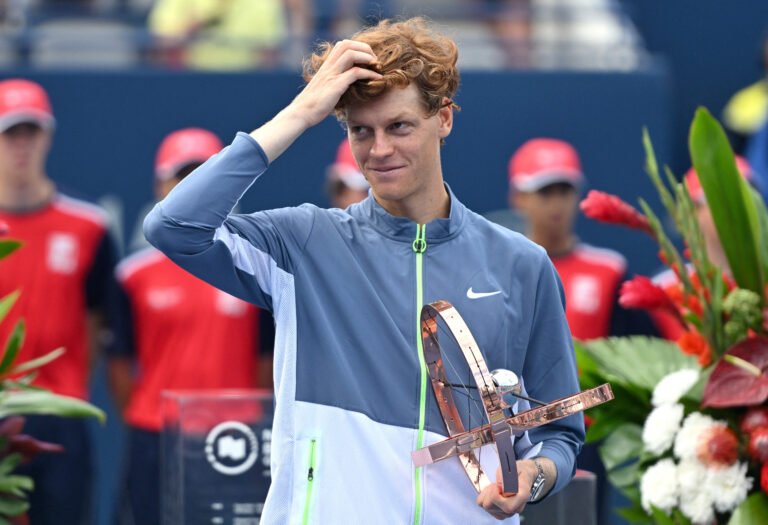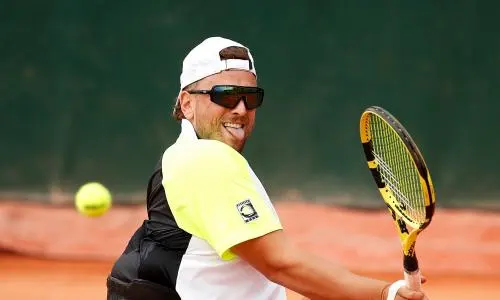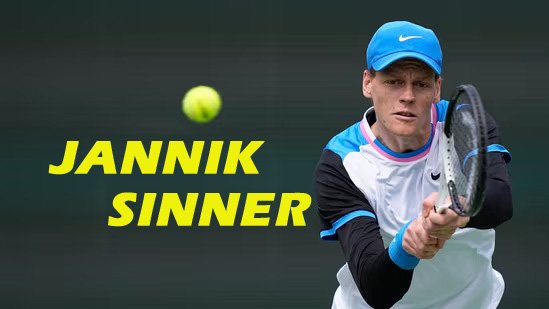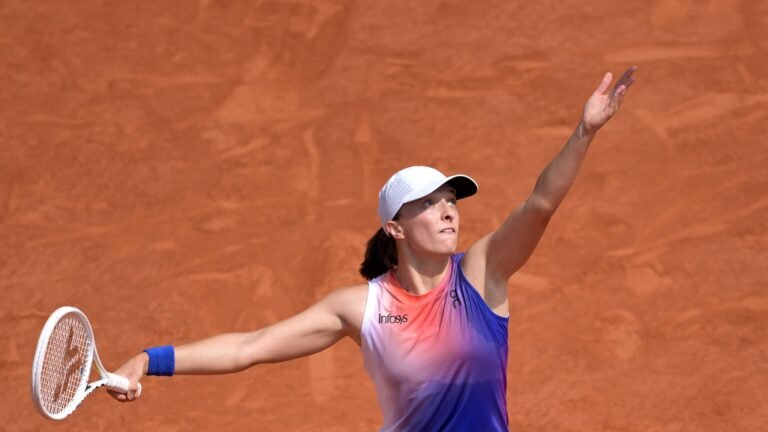Mastering Tennis Strokes: A Comprehensive Guide 2024 Updates
Watching any tennis tournament, you’ll notice there are thousands of ways to hit tennis shots. Despite the unique styles of each player, a handful of essential techniques are universally beneficial.
Familiarizing yourself with the types of tennis shots, their purposes, and execution is crucial for improvement. This guide covers key shots including the forehand, backhand, serve, volley, lob, drop shot, and more, along with tips for perfecting each stroke.
Mastering the essential tennis strokes—serve, forehand, backhand, and volley—requires a combination of proper technique, consistent practice, and mental focus. Here’s a detailed guide to help you improve each of these key aspects of your game.
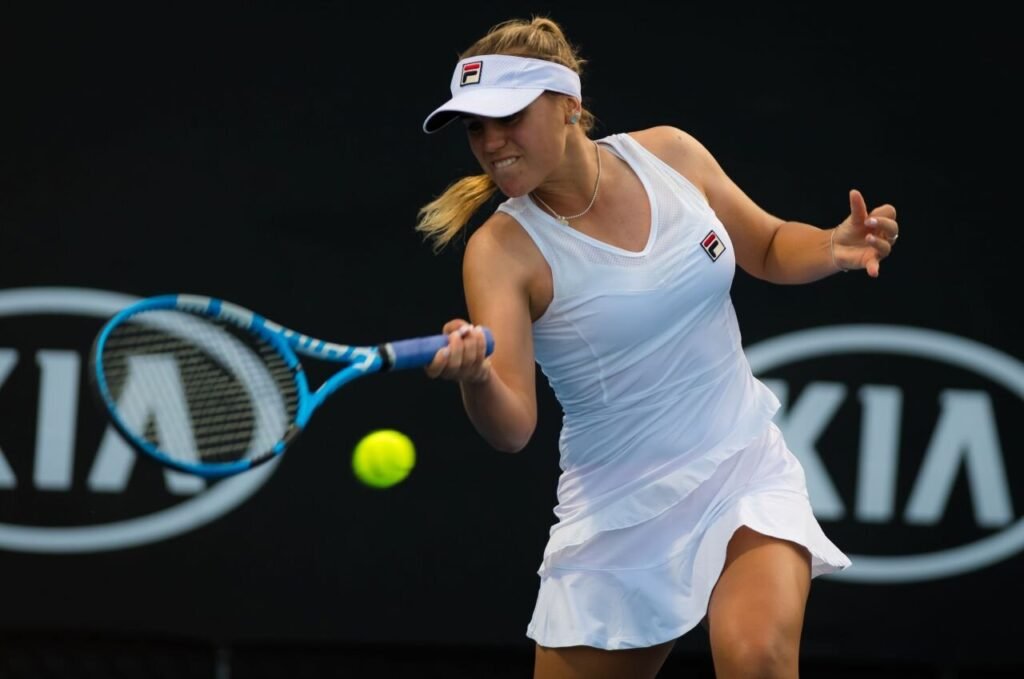
Forehand (Groundstroke)
The inner side of the dominant hand’s palm that is holding the racket faces forward during a tennis forehand stroke. The fundamental motion of a tennis forehand is to swing the racket across the body toward the desired ball landing position.
Tips:
Positioning:
When they hit the ball, most players make the same mistakes in terms of location. Avoid hitting the ball when it is too far ahead of you, too far sideways, or extremely far away from you. Additionally, you must refrain from striking a ball too near to your body.
Aim for the ball when it’s in front of you, preferably close to your front hip, and strike it at your comfortable reach—that is, without having to fully extend your arm.
Racket Face:
A closed racket—holding your racket with a closed grip—should be avoided at first contact. To produce topspin, make sure there is a brushing effect between the ball and the racket.
Backhand (Groundstroke)
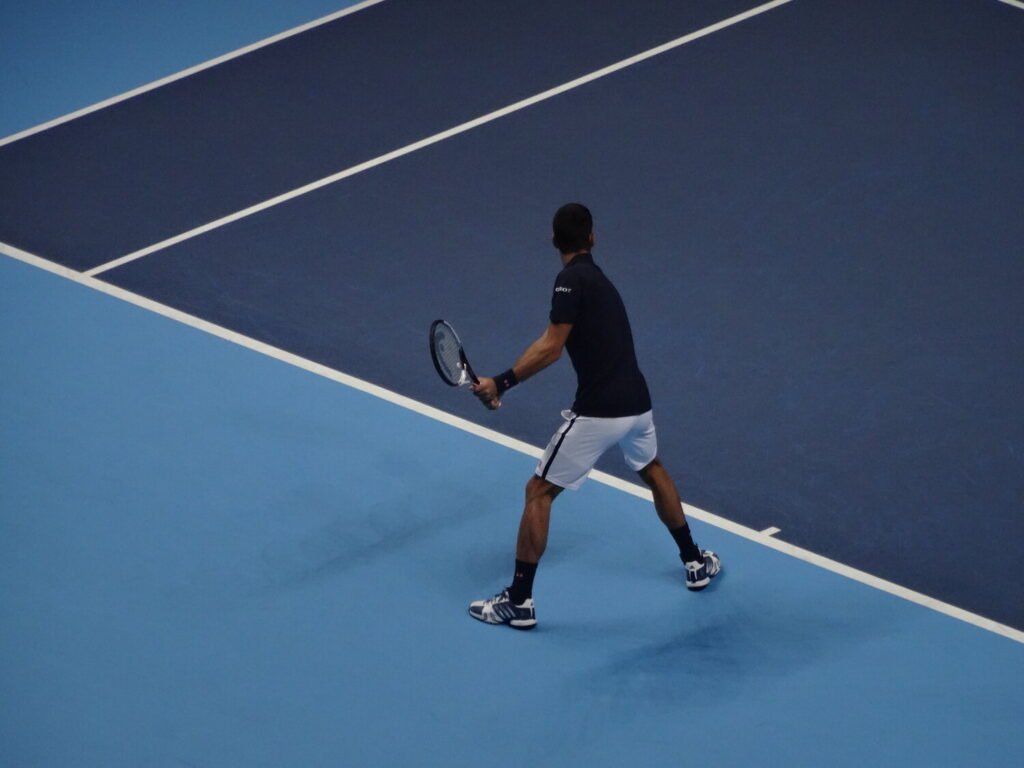
Tennis backhands are played by swinging the racket around the player’s body, with the back of the hand coming before the palm. With one exception—the backhand volley—the term describes a groundstroke, meaning the ball bounces before being struck.
Tips:
Is it a one- or two-hander? Depending on what! Which sort of backhand you would play more successfully is usually determined by a few different criteria.
In addition to offering better reach when running, one-handed backhands also make it easier to use a slice in addition to a topspin backhand, which can result in a wider variety of shot patterns. In recent times, single-handed backhands have gained popularity among men’s tennis players.
Notable examples of this include Roger Federer, Stan Wawrinka, and Richard Gasquet, whose strokes are incredibly powerful and smooth. One-handers are less common among women, but Justine Henin is a noteworthy case from recent memory.
Because two-handed backhands require a larger shoulder rotation to provide the greatest outcomes, they usually give the player a little extra power (if needed). Additionally, two-handers are less likely to return a serve or be “late” on a groundstroke. For precisely this reason, Agassi, Djokovic, and Connors—some of the greatest returners in tennis history—had two-handed backhands. They more than made up for their lack of reach with a compact backswing and a natural shoulder turn.
The advantages? Depending on who you ask, that is. There are two very different camps: those who say the one-hander is the best and those who say the two-hander has more advantages. We believe that it ultimately boils down to taste and fashion. With Nadal, the notion that those who are physically stronger will do better in a one-hander was disproved.
Similarly, Wawrinka disproved the long-standing theory that two-handers regularly produced greater “pop” on their backhand. We do know this much: the one-hander will suit you better if you feel comfortable playing an aggressive slice backhand.
Also Read: The Evolution of Tennis Racquets: From Wood to Modern Technology 2024 Updates
Serve and Return of Serve
In tennis, a serve, or more technically, a service, is a shot that begins a point. In order to get the ball into the service box diagonally opposite the net without being stopped, a player will hit it with a racquet. A serve is often started with the player throwing the ball into the air and striking it.
When trying to break serve in a tennis match, the return of the serve is crucial. Typically, a club player’s weakest part in their game is their return of a tennis serve. When we watch the pros, we can see that they start the point with a strong tennis serve return. Your tennis game can be made or broken by your serve return.
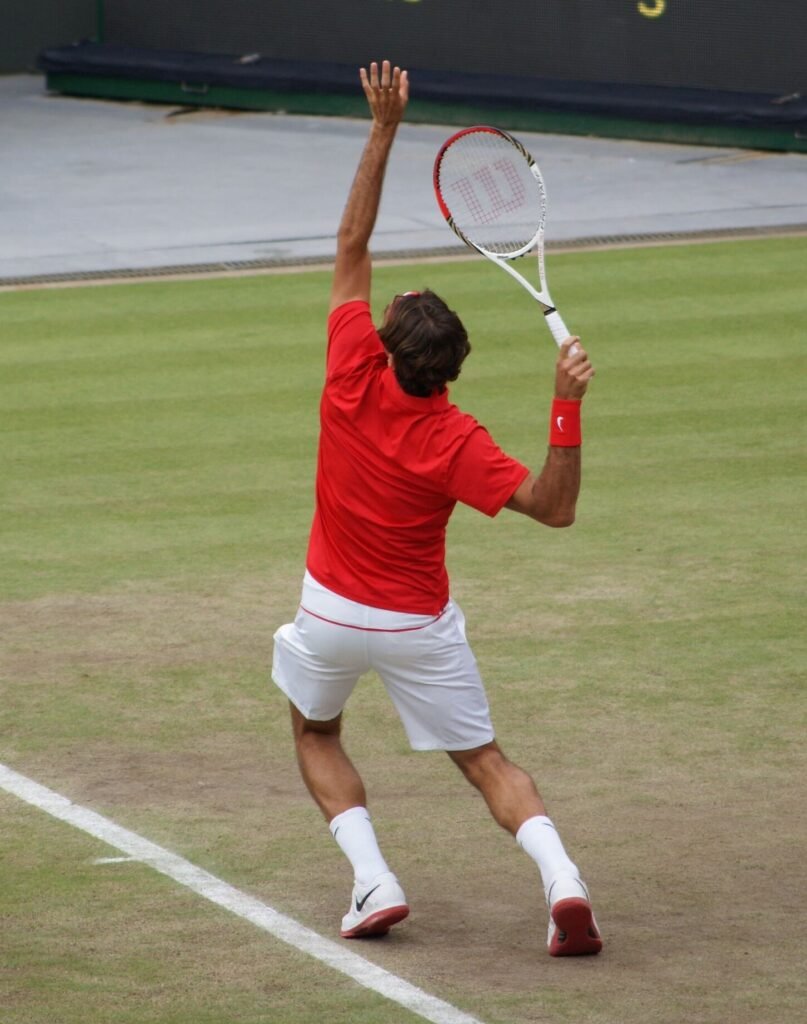
Volleys and Half-Volleys
In tennis, a volley is a stroke in which the ball is hit before it hits the ground. While volleying is typically performed by a player standing close to the net, it can also be performed further back, in the center of the tennis court, or even close to the baseline. Unknown fact: the word’s root is the French word “volée,” which means “flight.”
A forehand volley is when you hit the ball with your dominant side of the body. Backhand volleys are struck with the ball on the non-dominant side. Even if you have a two-handed backhand groundstroke, it is better practice to only use one hand when performing a backhand volley.
In tennis, a half volley is a shot that is made right after the ball bounces but before it reaches its peak bounce. A “short hop” or “on the rise shot” are other names for it.
Overhead or Overhead Smash
In tennis, a smash is a shot that is struck over the hitter’s head in a move akin to a serve. Another name for it is an overhead. A smash is typically a shot that ends the point and can be struck with significant force.
Drop Shot
A drop shot is a shot where the ball is hit somewhat gently and ends up on your opponent’s side, just over and near the net. The shot is usually called a “touch” shot due to the low power used.
Lob
In tennis, a lob is a shot in which the ball is struck high and far into the court of the opponent. Depending on the circumstance, it can be employed as an offensive or defensive weapon. A lob is a useful weapon for supporting an opponent who is at the net. A lob is another useful shot to play if you’re on the run so you have time to reposition yourself during a point.
A Brief Discussion on Grips (Continental, Eastern, and Western)
These tennis grip recommendations are really helpful. Tennis players typically utilize the western and semi-western forehand grips if the court they are playing on permits high ball bounce. This will enable them to strike the ball when necessary at a higher point of contact. If you do this, just be careful to maintain a straight racket angle to prevent mistakes or wide balls (balls that are outside the line).
The continental forehand grip is an additional tennis grip that can be utilized on a forehand hit. When playing on a tennis surface that generates a low ball bounce, like a grass court, players typically utilize this grip. To ensure that the ball moves upward and away from the net, keep your wrist straight.
If players want to hit flat strokes, they utilize the eastern forehand grip. You can hit the ball in a straight line if your wrist is in a straight position.
One More Brief Remark Regarding Spins
Tennis players that use topspin will be more consistent because the net is positioned in the middle of the court. Additionally, a player with topspin has a wider error margin. A player’s margin of error increases when they hit the ball higher over the net due to topspin’s faster descent of the ball toward the ground. This could be useful when playing to a player’s feet or lobbing an opponent who is waiting at the net. Lift is produced by striking from low to high as the player gets closer to the contact point.
To give the ball the desired topspin, the player must keep the racquet face (the strings) slightly closed from perpendicular. However, because the racket is slanted too far downward to “lift” the ball back over the net, balls that bounce lower due to higher power or backspin are more harder to return using a grip that confers topspin, such as the semi-western and western grips.
Therefore, on slower, higher-bouncing surfaces like clay, topspin works better. The physical constraints of an arm stretched across the body make it much harder to impart topspin on backhand strokes.

